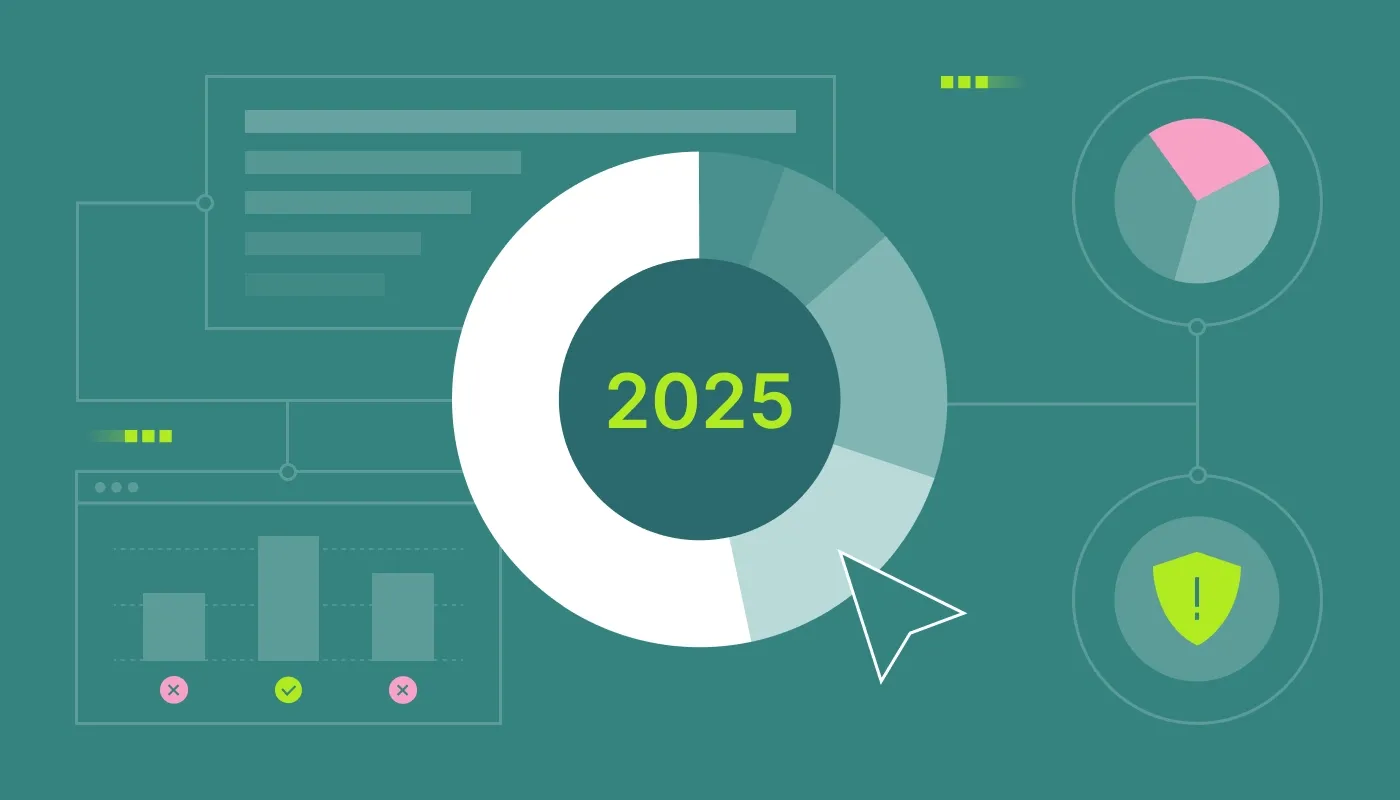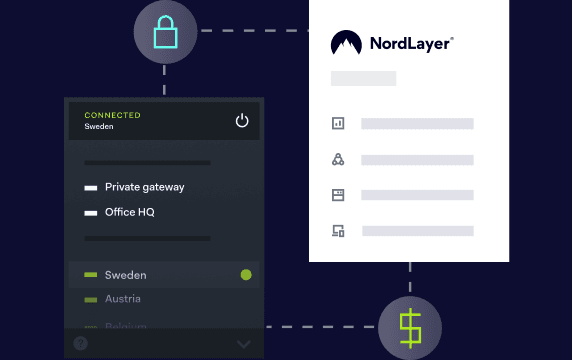Summary: Learn how businesses are planning their 2025 cybersecurity budgets. Find out how they’re balancing growth, cutting costs, and preparing for new threats.
Is the economy slowing down or gearing up again? Opinions are mixed, and the future is uncertain, but businesses are staying cautiously optimistic about their cybersecurity budgeting for 2025. Organizations plan to increase tech investments, often to tackle business challenges or fund new initiatives. However, they will also optimize budgets and balance spending through strategic cost-cutting measures.
As the year wraps up, many businesses are busy planning strategies for the next year. One area that should top the list is security, especially with emerging cybersecurity trends for 2025. But are organizations investing enough in their security? In this article, we explore how much attention and funding cybersecurity should get when planning for 2025.
2025 cybersecurity budget outlook
Most businesses expect to increase their cybersecurity budgets in 2025. Even with headlines about layoffs, demand for IT labor and tech solutions will stay strong. IT budgets cover everything from cybersecurity and IT investments to digital transformation and risk management. These IT projects should work together to keep business operations running smoothly.
As we plan for 2025, businesses must focus on security strategies, what drives IT spending, and ways to save costs. Let’s look at these key areas in more detail.
Focusing on a modern cybersecurity strategy
Long-term cybersecurity strategies don’t cut it for businesses anymore. Success now depends on adapting quickly to change. The idea of a "new normal" is outdated. Companies now brace for the "next normal" to shake things up.
In just two years, global tensions, the Russian invasion of Ukraine, and an energy crisis have driven up costs. These shifts ripple through industries, affecting how they work.
Businesses can’t afford to plan huge, slow-moving security strategies. They need lean, effective approaches that show quick results. A good cybersecurity plan proves its worth fast and wins over decision-makers as it rolls out.
What factors influence cybersecurity spending
Security budgets are influenced by global trends, industry needs, and each company’s situation. We're coming out of a major election, facing global conflicts, and adjusting to big geopolitical changes. Business leaders are understandably wondering what the future holds. Lower inflation in 2024 has brought some relief, but high interest rates and uncertainty around central bank decisions keep businesses cautious.
Many executives focus on trends like artificial intelligence, which is already changing how businesses work, but now isn’t the time to cut back on cybersecurity spending. The growing number of ransomware attacks in 2024 and other cybersecurity incidents stresses the need for strong security measures.
Internal factors matter, too. A company’s current infrastructure or revenue can impact how much it invests in cybersecurity, no matter what's happening outside.
Cybersecurity budget allocation in 2025
Despite rising cybersecurity budgets in 2025, 92% of companies plan to cut costs in areas like people, processes, or technology, with an average of four measures per organization. Additionally, 28% of businesses plan to pause future IT projects.
A recent survey of 803 IT professionals conducted by Spiceworks and Aberdeen Strategy and Research identifies these top drivers for cybersecurity budget growth in 2025:
Increased security concerns. The top driver, impacting 53% of organizations, up from 41% in 2023 and 48% in 2024.
Priority on IT projects. 47% of businesses aim to allocate more funds to critical initiatives.
Infrastructure upgrades. 45% of companies are focusing on modernizing outdated systems.
Employee growth: 45% of organizations are addressing the tech demands of a growing workforce.
Inflation: 45% report rising costs as a factor shaping their budgets.
By 2025, organizations must balance cybersecurity spending with caution because of economic and political uncertainties. Security will be a top concern, and strong systems are needed to protect against new threats. IT leaders will also have to manage costs and adapt to changes in the market.
Strong security, smart spending
Invest where it counts without compromising your defenses
Cybersecurity spending by industry in 2025
We expect cybersecurity budgets to grow across all industries, but some will see more growth than others.
For example, 72% of companies in IT services and software plan to increase their cybersecurity budgets in 2025, while only 48% in the public sector will do the same. Additionally, IT professionals in the public sector are three times more likely to expect their company’s IT spending to decrease compared to the average (13% vs. 4%).
Related articles

Anastasiya NovikavaDec 3, 20247 min read

Anastasiya NovikavaOct 16, 202516 min read
Are companies investing enough in cybersecurity budgets?
It depends on who you ask. As many as 80% of IT professionals think their organization invests enough in technology. On the other hand, only 19% believe it doesn't.
When you look closer at the data, it’s clear that IT leaders might be a bit too optimistic, while IT staff (who work directly with the technology) are more cautious.
In fact, more than half (54%) of IT staff believe their organization doesn't spend enough on technology, while only 2% think it is more than enough.
In conclusion, while most IT professionals feel their organizations are making the right investments in technology, there's still a gap between leadership and staff perspectives. As IT needs change, businesses must balance their budgets to make sure they have the resources to handle both current and future challenges.
What budget should a company dedicate to cybersecurity?
Gartner predicts global IT spending to total $5.74 trillion, an increase of 9.3% in 2025.
It would be great if there were a universal figure for how much companies should spend on cybersecurity, but the reality is it varies based on several factors. Knowing what to consider before deciding on a budget can help make this process easier and ensure the right amount is allocated to protect your organization effectively.
Budgeting focus points & recommendations
Business size
A company's size affects the scale of its cybersecurity needs. Larger companies have more employees, clients, data, and applications to secure, meaning they need bigger investments to protect their information.
While larger companies tend to allocate more resources for security, small and medium-sized businesses shouldn’t assume they’re safe just because they’re smaller. In fact, SMBs hit by security incidents often face severe damage, which could put them out of business.
Business growth
As a company grows, its cybersecurity investments need to grow too. Rapid expansion leads to more data and new challenges, such as how to securely store customer data or quickly integrate new employees into the network.
If you’re expanding globally or hiring across continents, your security budget should address the extra risks and complexities that come with that growth.
State of current infrastructure
Your existing infrastructure plays a big role in your security spending. If you’re dealing with outdated systems, digital transformation or upgrades might be needed.
Whether you’re a startup or a company that needs a complete infrastructure overhaul, your budget will depend on how much work is required to update or replace systems. Transitioning to the cloud or managing on-premise hosting each comes with its own costs, so these factors should be considered.
Business performance
Look at the challenges your business faced over the past year. Understanding what went well and what didn’t will help you prioritize security investments.
Assess which parts of your current security strategy worked and which need adjusting. Your IT budget should align with your overall business goals and help address any gaps in your security posture.
The business landscape
Your company’s industry and its risks are key in determining your security needs. Different sectors face different cyber threats, and some have strict compliance requirements.
It’s also important to review internal policies, especially those related to hybrid work, endpoint security, and identity verification. Without the right policies in place, even the best security systems can leave you vulnerable.
Cybersecurity budgets: projections for 2025
As John-David Lovelock, Distinguished VP Analyst at Gartner, explains, spending on data center systems saw a big jump of almost 35% in 2024 and is set to increase by about $50 billion in 2025. A big part of this growth comes from server sales, which are expected to nearly triple from $134 billion in 2023 to $332 billion by 2028.
Spending on software and IT services will also continue to grow. Software spending is expected to rise by 14% to $1.23 billion in 2025, and IT services spending is expected to grow by 9.4% to $1.73 billion. This will come mostly from AI projects, such as email and writing tools.
Despite being a small market with few players, GenAI is expected to add $6.6 billion in 2024 and $7.4 billion in 2025 to this sector. Overall, IT spending is expected to grow by $500 billion each year and exceed $7 trillion by 2028.
What does this mean for CISOs? These trends stress the need to maintain and optimize existing IT systems while adapting to new technologies. With big increases in server sales and a growing demand for AI-driven solutions, CISOs should ensure their security strategies evolve alongside these investments.
The cost of not investing in cybersecurity
When companies delay investing in cybersecurity, cybercriminals take advantage. Some businesses think they’re too small or don’t have any valuable data, so they skip focusing on security.
However, when a security breach happens, these companies often lose much more than they would have spent building strong security in the first place.
Gartner predicts global spending on information security will increase by 15% in 2025. At the same time, cybercrime will reach $12 trillion. Waiting to invest now could end up being far more expensive later.
How can NordLayer help with your 2025 security budget?
Cybersecurity is still a top priority, even during economic challenges. With more cyber-attacks and data breaches happening, your organization needs a strong and affordable solution.
NordLayer is a cost-effective choice for businesses of all sizes. Here’s why:
One platform, many features: NordLayer combines different features and frameworks, such as business VPN, ZTNA, and threat protection, in one platform. This means less hassle, fewer vendors, and better value for your money.
Flexible and scalable: You can easily add or remove licenses as your team grows or changes. Start with a basic plan and upgrade or downgrade anytime. You only pay for what you need.
Lower costs with cloud-based security: NordLayer’s cloud solution removes the need for expensive hardware or maintenance. It’s quick to set up, easy to manage, and saves time and money.
NordLayer gives you strong, reliable security without overspending. Contact us today to keep your business protected and ready for the year ahead.

Joanna Krysińska
Senior Copywriter
A writer, tech enthusiast, dog walker, and amateur pastry chef, Joanna grew up in a family of engineers and mathematicians, so a techy mind is in her genes. She loves making complex tech topics less complex and digestible. She also has a keen interest in the mechanics of cybercrime.














